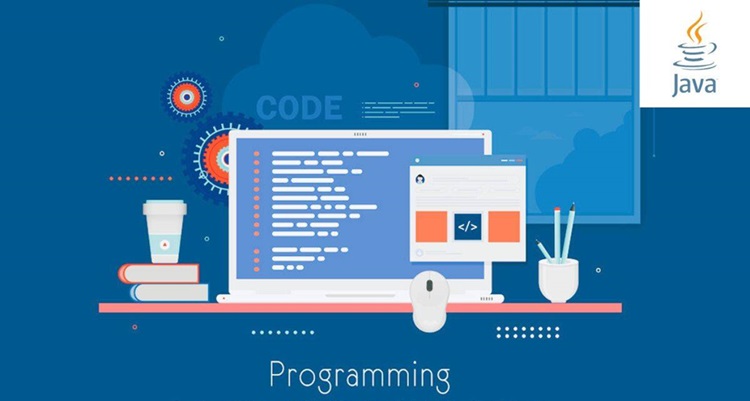In the dynamic world of software development, managing Java applications efficiently is crucial for achieving optimal performance, scalability, and security. Java Management Service (JMS) plays a pivotal role in ensuring that Java-based applications are well-maintained, monitored, and updated. This article delves into the intricacies of JMS, offering a detailed overview of its features, benefits, and best practices for implementation.
What is Java Management Service?
Java Management Service is an advanced framework designed to streamline the management of Java applications across various environments. It provides tools and features that help developers and administrators monitor application performance, manage configurations, and ensure that applications are running smoothly. JMS is particularly valuable in enterprise environments where large-scale Java applications require continuous oversight and optimization.
Key Features of Java Management Service
1. Comprehensive Monitoring and Reporting
One of the primary features of JMS is its ability to provide real-time monitoring of Java applications. This includes tracking application performance, resource utilization, and identifying potential bottlenecks. With detailed reporting capabilities, administrators can gain insights into application behavior, which helps in proactive problem-solving and performance tuning.
2. Automated Configuration Management
Configuration management is a critical aspect of application maintenance. JMS offers automated tools that simplify the process of managing configurations across different environments. This ensures consistency and reduces the likelihood of configuration errors that could lead to application downtime or performance degradation.
3. Security and Compliance
Maintaining the security and compliance of Java applications is paramount. JMS includes robust security features such as vulnerability scanning, patch management, and compliance checks. These features help in identifying and mitigating security risks, ensuring that applications adhere to industry standards and regulations.
4. Scalability and Load Balancing
As applications grow, the need for scalability becomes more pronounced. JMS supports dynamic scaling and load balancing, enabling applications to handle increased loads without compromising performance. This is particularly important for applications experiencing variable traffic patterns.
5. Centralized Management Console
JMS provides a centralized management console that offers a unified view of all Java applications within an organization. This console facilitates easy access to monitoring data, configuration settings, and management tools, enhancing the efficiency of application administration.
Benefits of Using Java Management Service
1. Improved Application Performance
By leveraging the monitoring and optimization tools provided by JMS, organizations can significantly improve the performance of their Java applications. Continuous monitoring allows for the early detection of performance issues, which can be addressed before they impact end-users.
With built-in security features, JMS helps organizations protect their Java applications from potential threats. Regular vulnerability assessments and patch management ensure that applications are always up-to-date and secure.
3. Reduced Operational Costs
Automating routine management tasks such as configuration management and performance monitoring can lead to reduced operational costs. This allows IT teams to focus on more strategic initiatives rather than spending time on manual, repetitive tasks.
4. Increased Developer Productivity
JMS tools and features are designed to simplify the management of Java applications, freeing developers from administrative burdens. This leads to increased productivity as developers can focus on writing code and developing new features rather than managing application infrastructure.
5. Scalability and Flexibility
The ability to scale applications dynamically ensures that organizations can meet growing demand without significant infrastructure changes. JMS's flexible architecture supports various deployment models, including on-premises, cloud, and hybrid environments.
Best Practices for Implementing Java Management Service
1. Establish Clear Objectives
Before implementing JMS, it is essential to define clear objectives and goals. Understand what you aim to achieve with JMS, whether it's improved performance, better security, or more efficient management.
2. Conduct a Thorough Assessment
Evaluate your current Java application landscape to identify areas that would benefit the most from JMS. Conducting a thorough assessment helps in prioritizing implementation efforts and ensures that critical applications are addressed first.
3. Plan for Integration
Integrating JMS with existing tools and systems is crucial for a seamless management experience. Plan for how JMS will interact with your current infrastructure, including monitoring tools, configuration management systems, and security frameworks.
4. Train Your Team
Ensure that your development and IT teams are well-trained on JMS features and best practices. Providing adequate training helps in maximizing the benefits of JMS and ensures that your team can effectively manage Java applications.
5. Monitor and Optimize Continuously
Implementing JMS is not a one-time effort. Continuous monitoring and optimization are key to maintaining the performance and security of your Java applications. Regularly review monitoring data and make necessary adjustments to configurations and management practices.
Conclusion
Java Management Service is an indispensable tool for organizations looking to optimize the management of their Java applications. With its comprehensive monitoring capabilities, automated configuration management, robust security features, and support for scalability, JMS provides a holistic solution for maintaining high-performing and secure Java applications. By following best practices for implementation, organizations can reap the full benefits of JMS, leading to improved application performance, enhanced security, and reduced operational costs.





0 comments:
Post a Comment